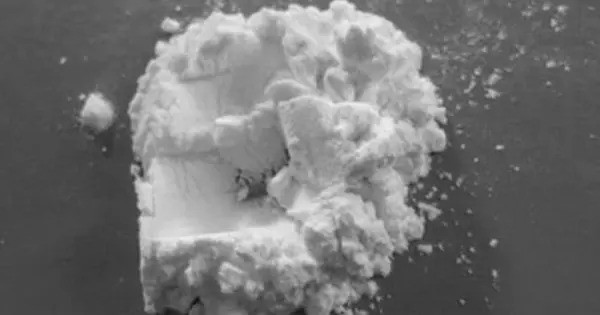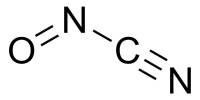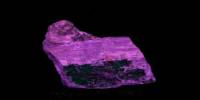Beryllium sulfide (BeS) is an ionic compound from the sulfide group with the formula BeS. It is a rare, toxic compound with a cubic zincblende crystal structure, similar to diamond. It is a white solid with a sphalerite structure that is decomposed by water and acids. It forms as a white to yellowish solid, highly reactive, and decomposes in water, releasing hydrogen sulfide gas. BeS is synthesized by reacting beryllium with sulfur at high temperatures.
Due to beryllium’s toxicity, it requires careful handling. Its applications are limited, but it’s studied for potential use in semiconductors or optoelectronics due to its wide bandgap. Always use protective equipment when handling.
Properties
- Chemical formula: BeS
- Molar mass: 41.077 g/mol
- Appearance: white crystalline
- Density: 2.36 g/cm3
- Melting point: 1,800 °C (3,270 °F; 2,070 K) decomposes
- Solubility in water: Decomposes
- Band gap: 7.4 eV
- Refractive index (nD): 1.741
Preparation
Beryllium sulfide powders can be prepared by the reaction of sulfur and beryllium in a hydrogen atmosphere by heating the mixture for 10-20 minutes at temperatures from 1000-1300 °C. If done at 900 °C, there is beryllium metal impurities.
Alternatively, it can be prepared by the reaction of beryllium chloride and hydrogen sulfide at 900 °C.
Chemical Properties
- Reactivity: BeS is highly reactive with water and acids, producing H₂S gas. It is stable in dry environments but decomposes in moist conditions.
- Bonding: Features polar covalent bonding between beryllium and sulfur, with beryllium’s small size and high charge density contributing to strong interactions.
Optical and Electronic Properties
- Band Gap: BeS is a wide-bandgap semiconductor, with an indirect band gap of approximately 5.5 eV, making it suitable for applications in optoelectronics or UV detection.
- Refractive Index: Limited data exists, but it is expected to have a high refractive index typical of II-VI compounds.
Synthesis
BeS is not commonly found in nature and is typically synthesized in controlled laboratory conditions:
- Method: Direct reaction of elemental beryllium with sulfur at high temperatures (around 1,000–1,200°C) in an inert atmosphere to prevent oxidation.
- Challenges: Synthesis is complicated by beryllium’s toxicity and the need for high-purity materials to avoid contamination.
Occurrences
- Natural Occurrence: Beryllium sulfide is extremely rare in nature. It does not form significant mineral deposits due to beryllium’s low abundance in the Earth’s crust (about 2–6 ppm) and its preference for oxygen-based minerals like beryl (Be₃Al₂Si₆O₁₈) or bertrandite (Be₄Si₂O₇(OH)₂).
- Geological Context: No known naturally occurring BeS minerals have been documented. Beryllium is more commonly found in silicate or oxide minerals, and sulfur typically bonds with other metals (e.g., iron in pyrite) in natural settings.
- Synthetic Occurrence: BeS is primarily encountered in laboratory or industrial settings, often studied for its semiconductor properties or as a precursor in materials science.
Applications
- Semiconductors: BeS’s wide band gap makes it a candidate for specialized electronic applications, such as UV sensors or high-temperature devices, though its toxicity limits practical use.
- Research: Studied in materials science for its structural and electronic properties, particularly in comparison to other II-VI compounds like ZnS or CdS.
Safety Considerations
- Handling: Extreme caution is required due to beryllium’s toxicity. Proper ventilation, protective equipment, and containment are essential during synthesis or handling.
- Disposal: Must follow strict regulations for hazardous materials to prevent environmental contamination or health risks.
Toxicity
Beryllium compounds, including BeS, are highly toxic. Inhalation or exposure can cause severe health issues, such as chronic beryllium disease or lung damage, due to beryllium’s toxicity.
















